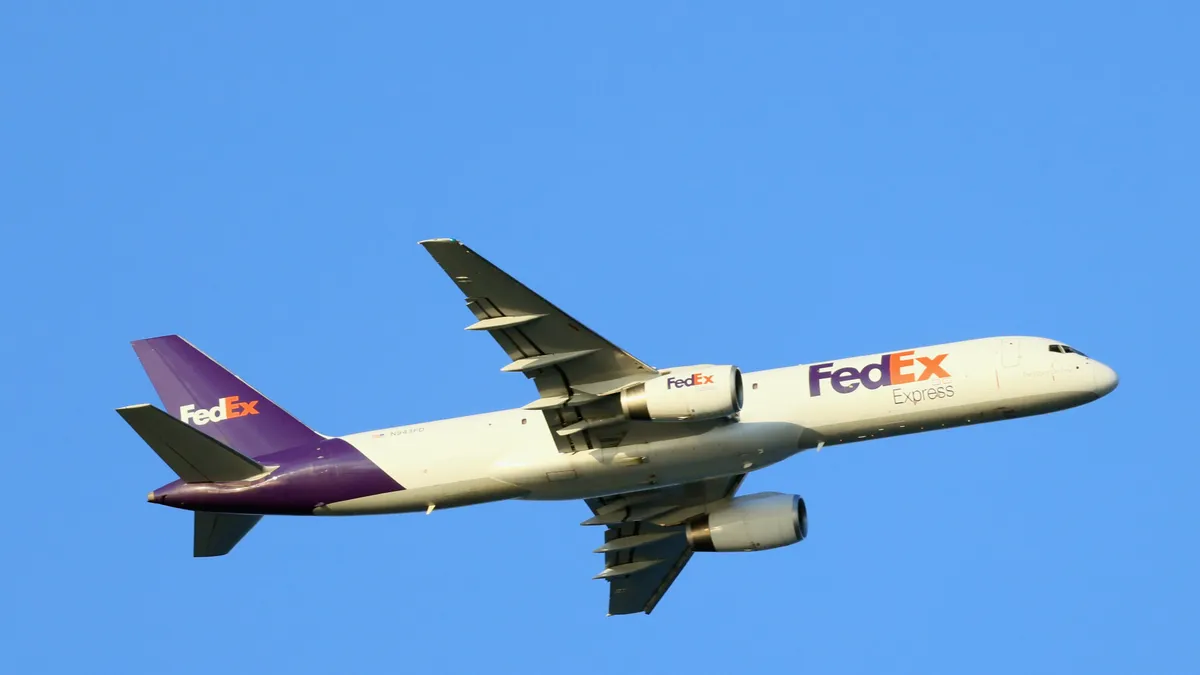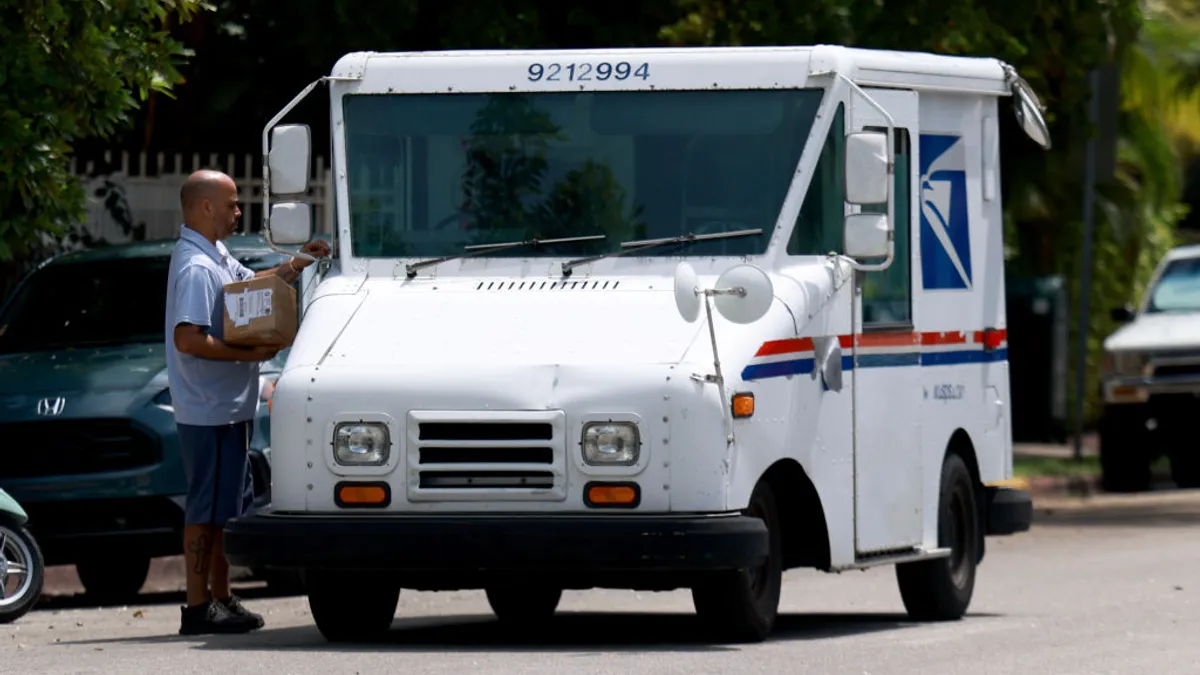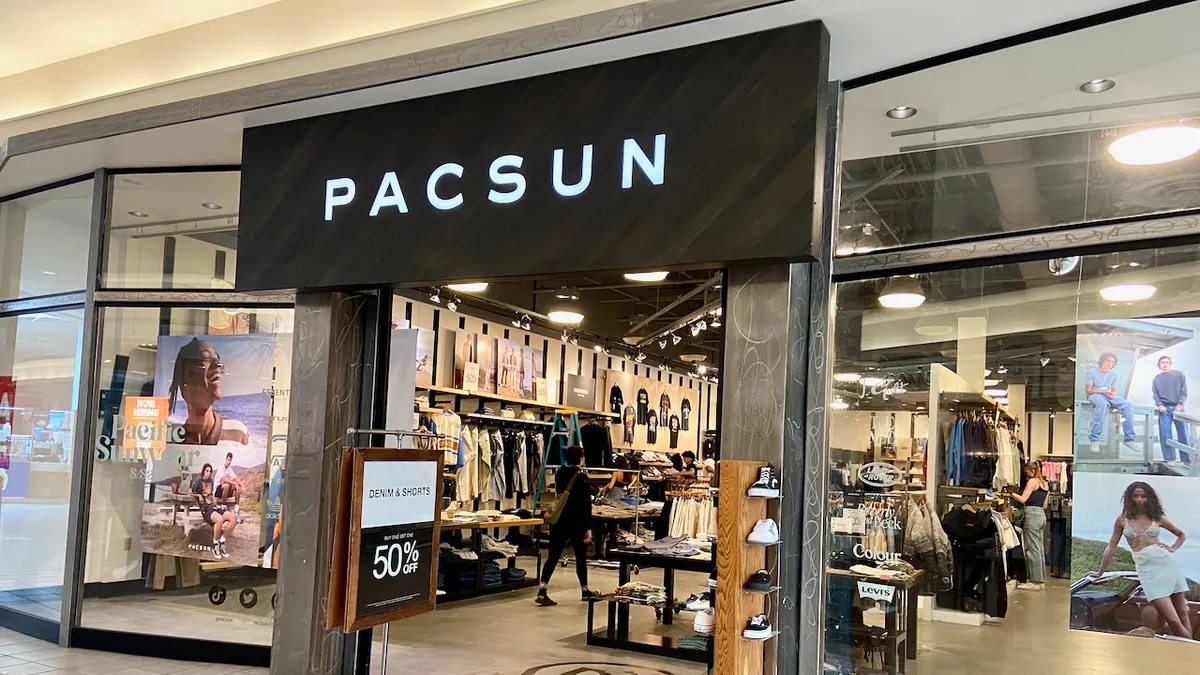When it comes to deliveries, the digital age has changed everything, and it’s no secret that USPS is suffering. Where people used to write letters, they now use email. In the second quarter of 2018, for example, USPS package volume grew by 69 million pieces, but mail volumes declined by 700 million pieces.
All is not lost, however, Michael Notarangeli, Executive VP of Maine Pointe, a global supply chain and operations consulting firm, told Supply Chain Dive.
"As private business consumers ramp up their expectations on how, when and where they receive their shipments, there will be plenty of opportunity to gain share through service innovation, customer intimacy, execution and performance," he said in an email to Supply Chain Dive.
USPS: The perfect last-mile candidate
One of the ways USPS can compensate is by working with other carriers such as UPS, FedEx and Amazon for last-mile deliveries. The growth of e-commerce is making that possible.
"We have substantially grown our package business in recent years by significantly enhancing our offerings and service quality as the e-commerce delivery market has grown," USPS spokesperson David A. Partenheimer told Supply Chain Dive. "Our package offerings provide affordable shipping options throughout the nation, consistent with our universal service mission."
USPS is a perfect fit for last-mile services, Notarangeli said. "Parcel companies will continue to work with the USPS to deliver last-mile services. The USPS is required by law to deliver to all United States postal addresses in all jurisdictions, regardless of geography and density. This makes them an ideal partner for others that want to deliver to those locations, but do not have the infrastructure or capability to do so."
"This digital integration is changing the relationship the American consumer has with their mail."

Megan J. Brennan
Postmaster General and CEO, USPS
Notarangeli expects USPS, UPS, FedEx, Amazon and other parcel companies will continue to cooperate, while other companies also will enter the space. However, "USPS is the only entity in the ecosystem that must go everywhere all the time — over 150 million daily delivery locations — giving them a unique access to the service space," he added.
UPS declined to comment for this story; FedEx did not respond. Amazon called its agreement with USPS "mutually beneficial."
Legislative mandates limit Postal Service
Every service agreement must be reviewed by the Postal Regulatory Commission (PRC) to ensure compliance with the law and that it covers USPS costs.
Contractual details are confidential, Partenheimer said. "We set prices for package offerings, including agreements we reach with specific customers, based on rigorous analyses of the marketplace," he explained. "Like any business, we seek an optimal mix of price and volume to deliver maximum revenue and return, based on what the market will bear."
USPS is a self-supporting government enterprise that receives no tax dollars for operating expenses, relying on the sale of postage products and services for funding.
In a press release announcing second quarter 2018 results, Postmaster General and CEO Megan J. Brennan, said, "Despite growth in our package business, our financial results reflect systemic trends in the marketplace and the effects of an inflexible, legislatively mandated business model that limits our ability to generate sufficient revenue and imposes costs upon us that we cannot afford."
Getting competitive with technology
The Postal Service is incorporating more technology in its programs to meet rising customer and consumer expectations. More than 10 million users are enrolled in its Informed Deliver program, a daily mobile offering that allows users to see the mail they’ll receive that day. "This digital integration is changing the relationship the American consumer has with their mail,” Brennan said at the 2018 National Postal Forum in May. The program picks up about 135,000 new users each week.
In addition, USPS has rolled out Informed Visibility, a data and analytics platform that allows businesses to leverage operational data. "With Informed Visibility, businesses are more effectively integrating marketing data, measuring ROI of their mailings, and building more responsive, omni-channel campaigns," Brennan told attendees at the Forum. "Companies are combining data from Informed Visibility with their customer analytics in order to deliver those seamless, intuitive experiences consumers expect."
"USPS is the only entity in the ecosystem that must go everywhere all the time."

Michael Notarangeli
Executive Vice President, Maine Pointe
Meanwhile, Amazon is beefing up its delivery options by purchasing thousands of freight trailers and leasing cargo planes. And, in an effort to control its costs and gain more visibility into its supply chain, Amazon has unveiled a program to provide entrepreneurs with Amazon-branded uniforms and delivery vans along with thousands of dollars in reimbursement to fulfill last-mile deliveries, citing high consumer demand and strained capacity. Many analysts say they expect the company to make further advances into the logistics arena in the future.
To remain viable, the Postal Service must "behave in a more 'commercial' manner," Notarangeli said. "USPS must maximize commercial activity to gain additional revenue. Working with competitors to extend their reach is one way to do it. Another approach is to become more competitive and offer viable solutions to challenge their competitors on low-cost, high-service options. This will require a more aggressive commercial look and feel, and some service innovation with large shippers — working directly with shippers to learn what their needs are is required."





















